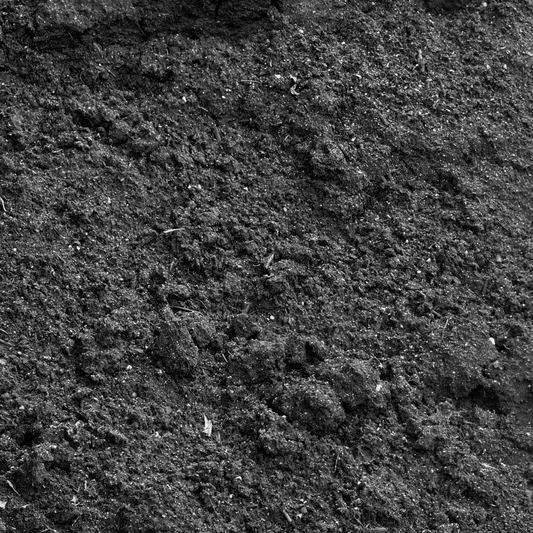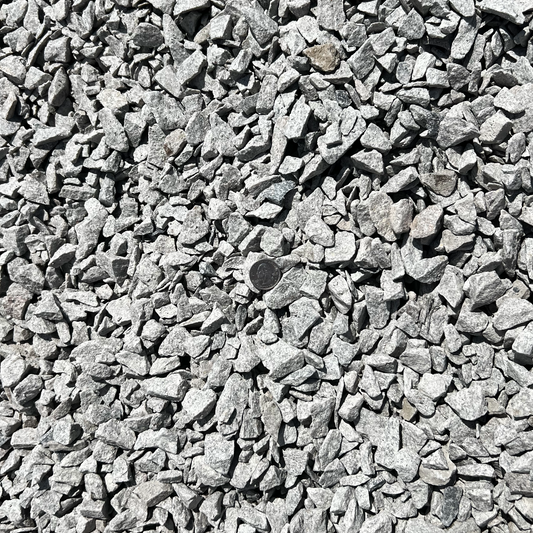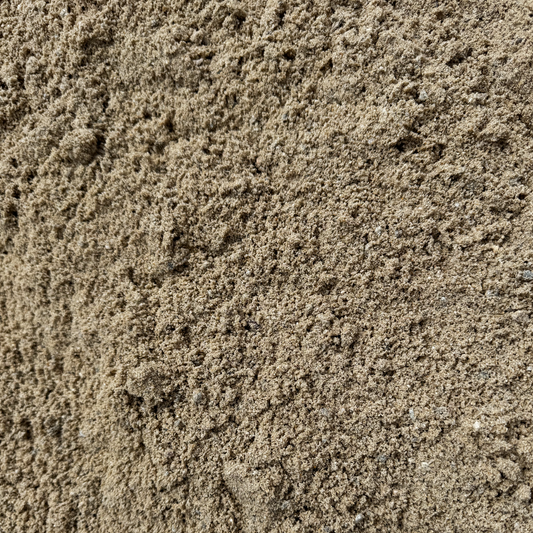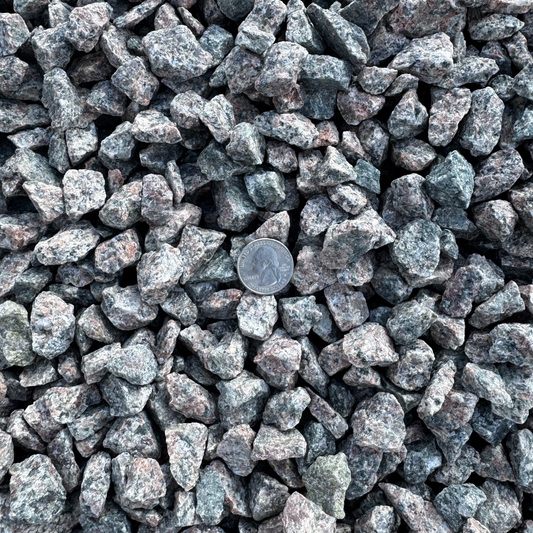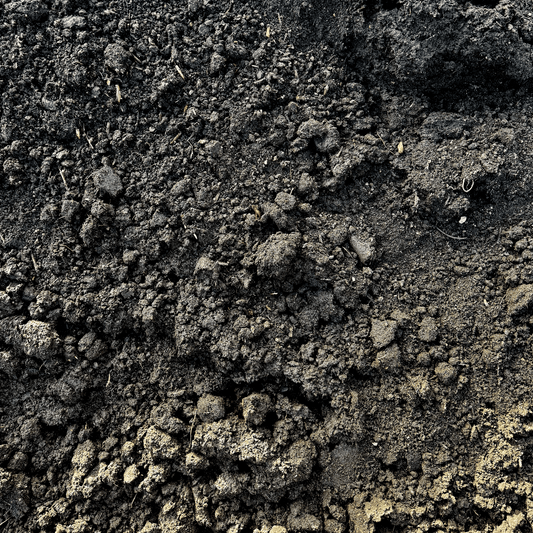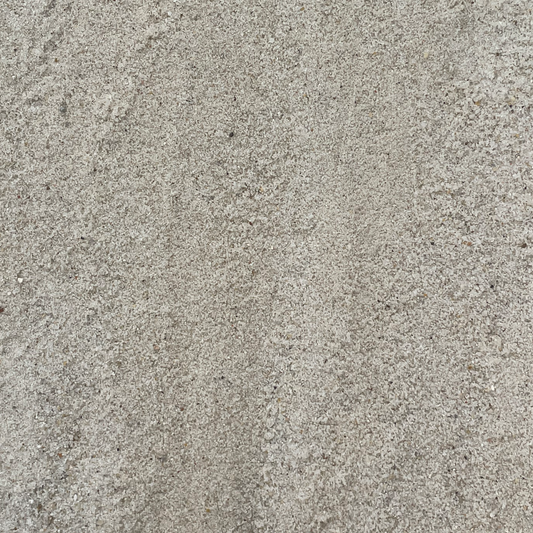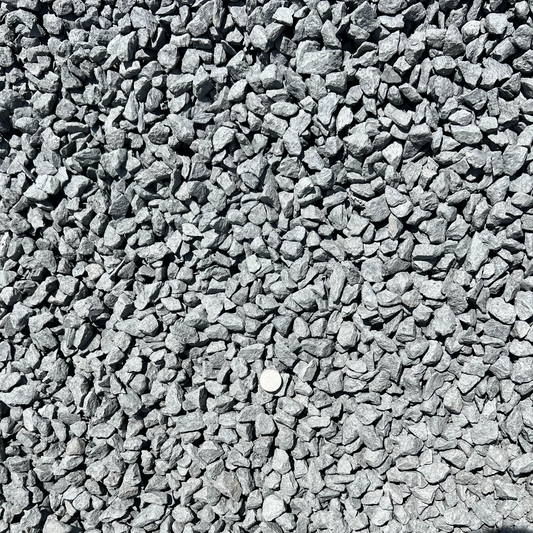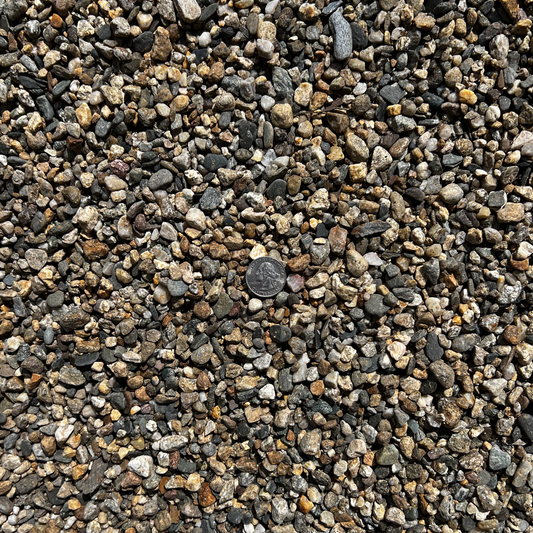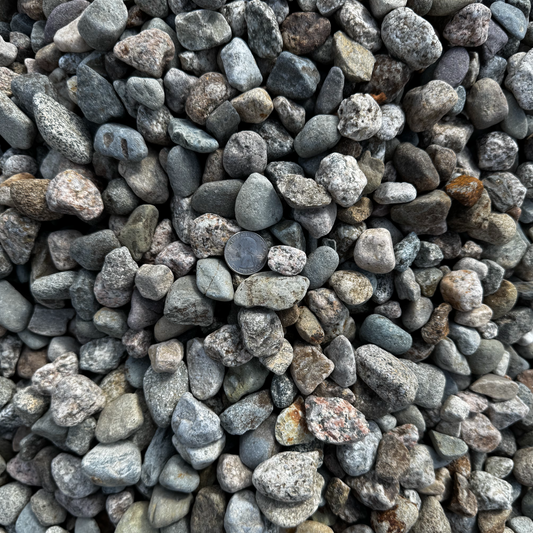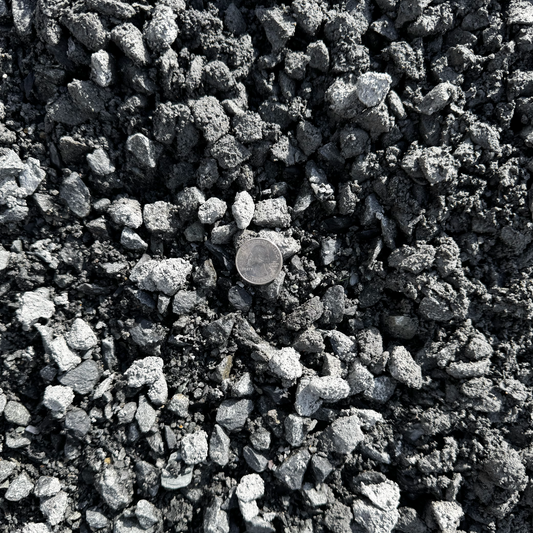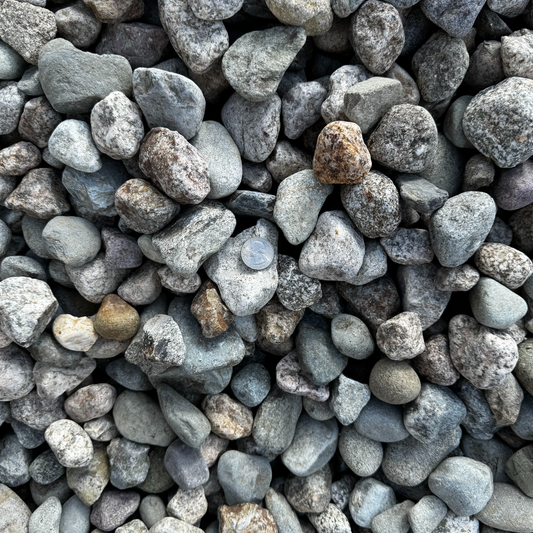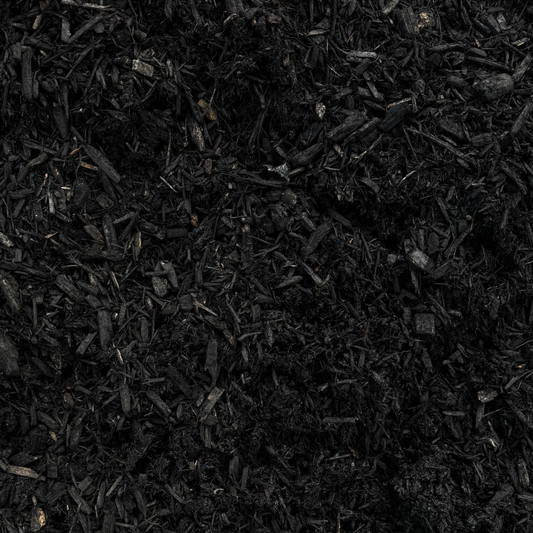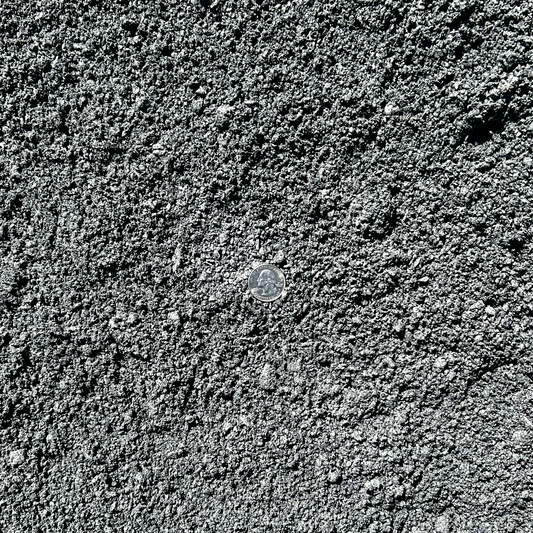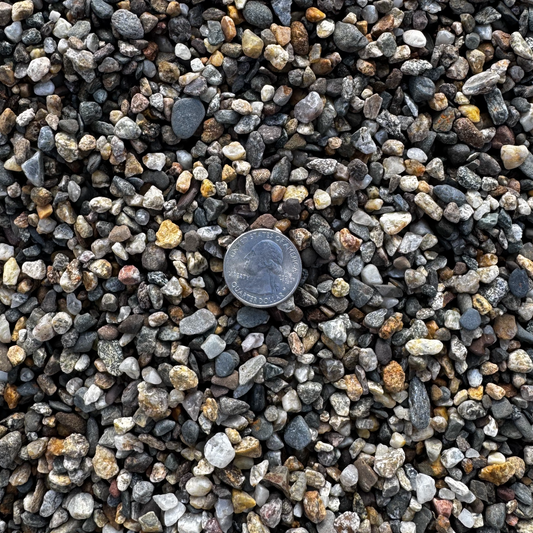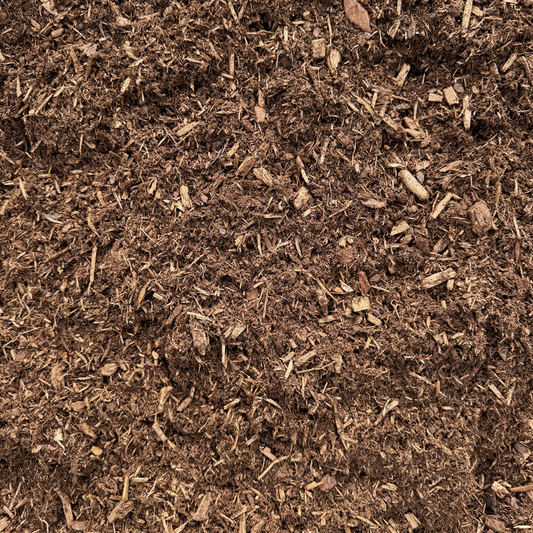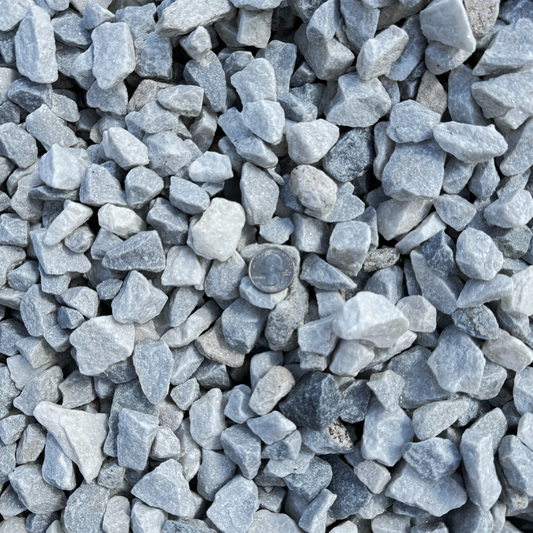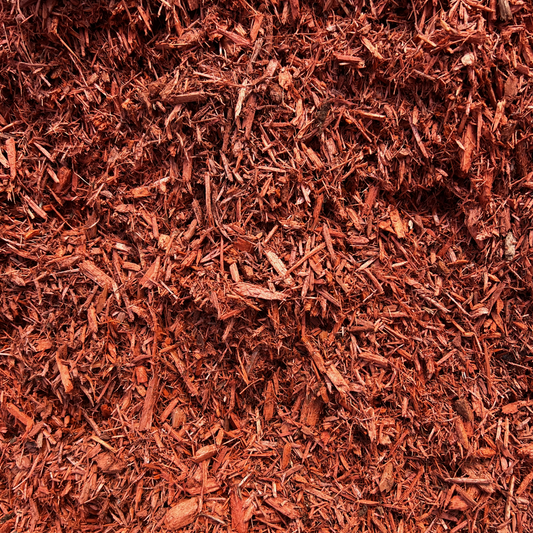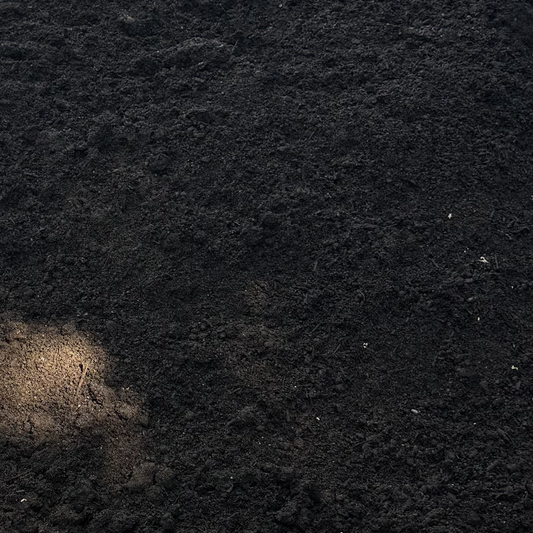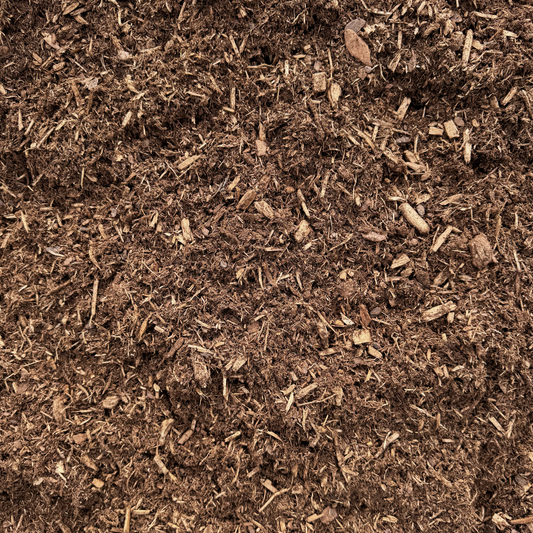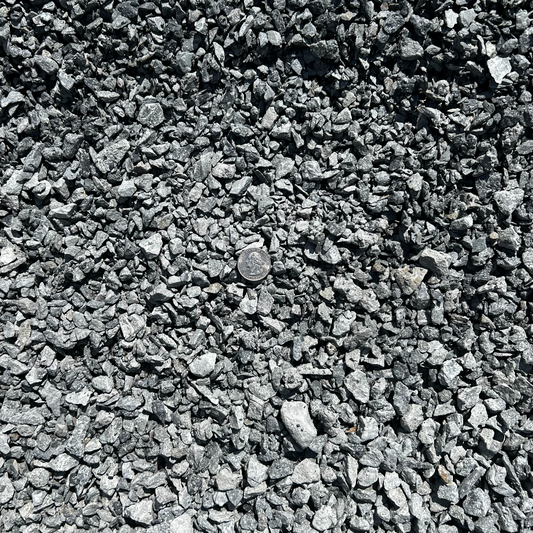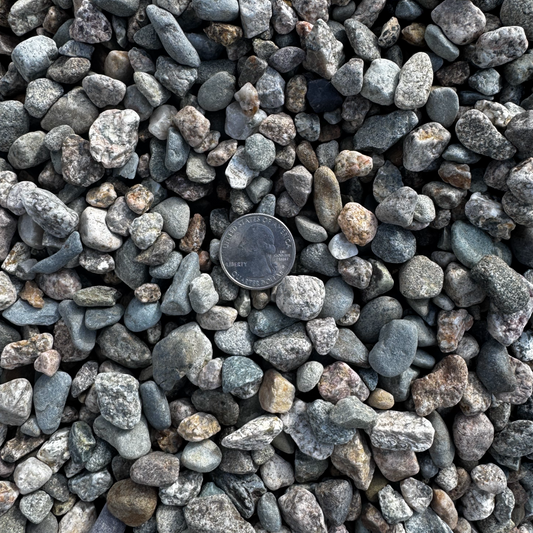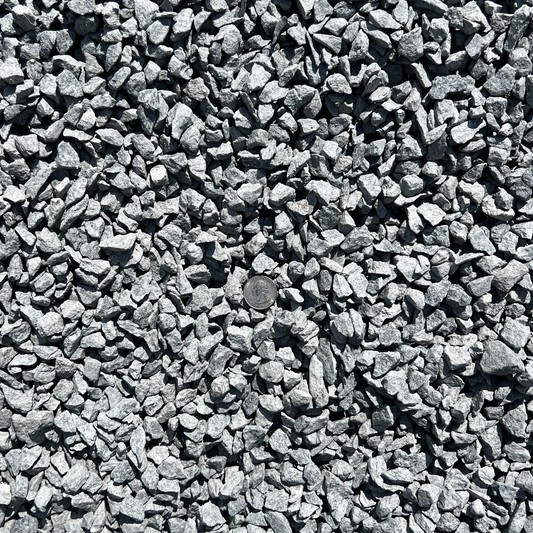Silty Loam: What It Is, Why It’s Valuable, and Where to Get It
If you're working on a garden, lawn, or farm plot in Greater Boston, choosing the right soil is critical — and silty loam might be exactly what your plants are craving.
It’s one of the most versatile and fertile soils available, offering a balance of moisture retention, drainage, and nutrient-holding capacity that makes it ideal for everything from row crops to residential landscaping.
Here’s everything you need to know about silty loam, and how to get it delivered in bulk through Ottr.
What Is Silty Loam?
Silty loam is a type of soil made up primarily of silt particles, with smaller amounts of sand and clay. It falls under the broader category of loamy soils, which are known for their excellent structure, workability, and fertility.
-
Silt particles are smooth, fine, and hold water better than sand.
-
Loam is a balanced soil made from roughly equal parts sand, silt, and clay.
-
Silty loam leans toward higher silt content, giving it a soft, floury texture that holds moisture and nutrients extremely well.
Key Characteristics of Silty Loam
-
High fertility – Excellent nutrient retention for nitrogen, potassium, and phosphorus
-
Moisture-holding capacity – Great for plants that need consistent water
-
Smooth texture – Easy to work with, excellent for root growth
-
Neutral pH – Typically ranges from 6.0 to 7.0, ideal for a wide variety of plants
-
Good structure – Crumbly and granular, but can compact if overworked when wet
💡 Pro tip: Avoid working silty loam when it's saturated — it’s prone to compaction under pressure.
Where You’ll Find Silty Loam in Nature
-
River valleys and floodplains
-
Bottomlands and areas where sediment has settled over time
-
Coastal plains with mineral-rich deposits
How Silty Loam Is Used
🌾 In Agriculture
Silty loam is highly sought-after by farmers for its ability to retain water without becoming waterlogged, making it excellent for crops like:
-
Corn
-
Wheat
-
Soybeans
-
Root vegetables like carrots and beets
It also supports beneficial microbial activity and earthworm populations, key indicators of healthy soil.
🌱 In Horticulture & Landscaping
In gardens and residential landscapes, silty loam is often used for:
-
Raised garden beds
-
Fruit trees and berry bushes
-
Lawn installations
-
Flower beds
-
Native plant gardens
Because of its balanced texture and nutrient content, it's a go-to soil for everything from backyard gardens to larger horticultural projects.
What Does Silty Loam Cost?
The price of silty loam in the Boston area typically ranges from $25 to $50 per cubic yard, depending on:
-
Quality (screened vs. unscreened)
-
Organic content
-
Delivery location and quantity ordered
💰 While it may be more expensive than basic fill or sandy loam, its fertility and water efficiency can reduce your long-term spend on fertilizer and irrigation.
Silty Loam vs. Other Soil Types
| Soil Type | Drainage | Fertility | Texture | Best Use Cases |
|---|---|---|---|---|
| Silty Loam | Moderate | High | Smooth | Crops, gardens, lawns |
| Sandy Soil | Fast-draining | Low | Gritty | Cactus, herbs, drainage |
| Clay Soil | Poor | Moderate-High | Sticky | Pond liners, heavy root crops |
| Topsoil (varies) | Depends | Varies | Depends | General landscaping |
Ordering Silty Loam with Ottr
Need a yard or two for a garden bed? Or a full dump truck load for a larger property? Ottr delivers screened, high-quality silty loam right to your location.
🛒 Here’s how it works:
-
Visit our Soil Collection
-
Use our built-in calculator to estimate how much you need
-
Choose your delivery date at checkout
-
We deliver it directly to your site – no waiting, no guessing
Why Choose Ottr for Bulk Soil Delivery?
-
✅ High-quality screened silty loam sourced from trusted local yards
-
✅ Fast, local delivery across Greater Boston
-
✅ Simple online ordering – no back-and-forth calls
-
✅ Support when you need it – live chat with local soil experts
Conclusion: Is Silty Loam Right for You?
If your project needs soil that’s fertile, holds moisture well, and supports a wide range of plants, silty loam is one of the best materials you can use. While it costs a little more than standard loam or fill, the returns in plant health and yield make it a smart investment — especially when you’re trying to grow food or establish long-term landscaping.
🛒 Ready to Order Silty Loam?
Get the soil your plants deserve.

